Drooling from a baby's mouth is common in newborns while teething. The excess drool can result in irritated skin surrounding a baby's mouth, cheeks, chin, neck, and chest. This results in a teething rash called atopic dermatitis.
A baby's teething rash may appear and go during infant teething months. The illness is not infectious and is seldom dangerous. Parents and caregivers may cure teething rash at home by following a few easy procedures, primarily by keeping the baby's skin clean from excess saliva.
This post will look at what may cause a rash, how to treat and avoid it, and how it differs from other forms, such as diaper rash.
What Is a Teething Rash?
A teething rash, also known as a drooling rash or drool rash, is a baby's sensitive skin rash distinguished by red skin areas and tiny, slightly raised bumpy rash on the baby's neck, chest, and face.
The skin on your newborn will most likely be chapped or dry. Teething rashes frequently resemble eczema.
Searching for additional teething signs along with the growing rash is critical. When you accurately identify the source of a rash, you can treat irritated areas swiftly and effectively.
Here are some common signs to look out for:
- A visible tooth emerges from your baby's gum line.
- Sensitive gums.
- Ear pulling – the nerves in the baby's gums may cause your kid to have an unusual feeling in the ears.
- Biting or sucking excessively on foods and other things.
Teething rashes are most common around a baby's lips, cheeks and chin. However, don't be shocked if your child has it on their chest, hands, or feet.
Does teething cause a drool rash?
New infant teeth often emerge from the gums from 6 and 24 months. Furthermore, new teeth may result in much more drool, irritating sensitive newborn skin and producing a rash. This is referred to as teething rash or drooling rash.
Bits of food, saliva, and even digestive enzyme from spitting up hurt a baby's skin, resulting in a teething rash. When paired with regular skin rubbing from cuddling, your baby's clothes, and playing, your infant may develop a frustrating, albeit mild, rash.
Recognize these teething signs
Teething illness
It is unusual for babies to get a low-grade fever when teething. A variety of factors can cause teething fever. The body's temperature rises typically during primary tooth eruption, although not to regular fever levels. If your baby's fever rises beyond 101.9F, it may not be due to teething, and they may be unwell.
Inflammation
Gum inflammation can also cause your baby's body temperature to rise. Drooling excessively during this period might also result in less watery diarrhea. If your baby exhibits these signs, you may be able to blame the fever on teething.
Make an appointment with your doctor if you've discovered other difficulties that aren't connected to teething. Your baby's rashes might be caused by illness. A gum massage or teething toys may help ease inflammation.
Rashes from diapers
Your baby's excessive saliva production may result in a less watery kind of diarrhea. Drool can cause your infant's excrement to become more acidic, which can irritate them and cause other symptoms and skin conditions such as diaper rashes.
Sleeping difficulties
Both you and your kid may have difficulty sleeping. Teething pain and inflamed skin will make your infant fussier than usual. Bottle feeding can sometimes be challenging. It is your responsibility to calm your infant during this period physically. This will benefit your child's mental health and put them at rest.
Drool rash treatment
The majority of drool rashes may be treated at home. Twice a day, gently wash the afflicted areas with warm water and wipe your baby's skin dry with a soft cloth to help prevent teething rash. Keep your baby clean, and always keep clean bibs when you use them.
Avoid rubbing or a rough or abrasive towel that might irritate the issue. Also, avoid washing the affected region too frequently or putting medicinal soap on the rash. Warm water is generally plenty for the baby.
Once your baby's skin is completely dry, use a healing ointment like petroleum jelly to treat the teething rash. This will relieve the discomfort, and a thin coat can act as a barrier cream between the baby's drool and their skin, allowing the inflammation to heal.
Use items that will not irritate your baby's delicate skin. Use only mild, fragrance-free baby washes in the bath and unscented baby lotion on their skin if you use it. Keep the drool rash as dry as possible without using cream or anything other than a healing ointment.
Other items in your house that may irritate your baby's skin should be avoided. Use mild, unscented laundry detergent to wash your baby's clothes, bibs, burp cloths, sheets, and towels; you may even wish to use it to clean your items. If the baby's skin comes into touch with yours, essential oils, perfume, or scented body products may worsen the rash.
Body rash from teething on the baby's skin
Why does a teething rash arise on other parts of the body if it is caused by drool? There are two primary causes:
Saliva spreading:
As you've probably realized, your infant may generate impressive messes. They frequently put their feet and hands in their mouths, drooling profusely. Drool can also drip down into your baby's neck folds and onto their chest.
Scratching and rubbing:
Your infant will often scratch and massage their skin in response to the aggravation of a teething rash. This aggravates the rash and spreads saliva to other regions of the body.
Suppose a rash emerges on your baby's body, but he or she is not displaying any indications of teething. In that case, it may not be a teething rash. Contact your baby's doctor if you cannot pinpoint the reason for the inflammation or see other signs of health conditions.
Home remedies for teething rash
Keeping a drool rash clean and dry is the best cure. Applying a balm to the skin might also be beneficial.
Emollient creams act as a water barrier, keeping the region dry and preventing drool from harming your baby's skin. Emollient creams that can be used on your baby's rash include:
- Lanolin cream
- A natural product containing beeswax can also give equal protection. Use fragrance-free lotion on the rash
To use an emollient cream, quickly dry drool and apply the lotion daily. Because you already have all the necessary items, you can speed up the process of treating your baby's drool rash with each diaper change.
Your child's doctor might make additional recommendations if the rash is bad.
Maintaining your baby's comfort during teething
When your child goes through the painful teething stage, a teething rash is just one of the many things they have to cope with. Make every effort to keep your infant as comfortable as possible.
Keep your infant as dry as possible. Always have clean clothing on hand. Allowing additional garments to sit out might help prevent excessive dampness from accumulating on your baby's skin. This will aid in the prevention of future teething rashes.
When wearing bibs to prevent drool spread on your baby, change them as soon as they become too wet. A dry towel or cloth placed beneath the sheet where your baby sleeps can also help keep skin irritants off of their skin. Giving your baby something cold to chew on, such as a frozen teething ring, will help to calm the gums and the rash on his face.
How to deal with teething pain
There is contradictory research regarding whether teething causes discomfort in newborns. If it happens, it is usually in the first few weeks when the tooth breaks through the gums, and occasionally for a few days before or after.
In addition to alleviating the discomfort caused by teething rash, you may assist your infant in managing the pain and discomfort caused by emerging teeth by performing the following:
-
Massage of the gums For two minutes, rub the painful gum region with a clean finger.
-
Cold teething toys To cool teething toys, always use the refrigerator rather than the freezer.
-
Food Babies over a year may like eating cooled banana slices or frozen peas. Hard food, like carrots or apples, should not be used as a chew toy. It is a choking hazard.
-
Feeding from a cup If your infant refuses to breastfeed or drink from a bottle, consider providing a cup of milk.
-
Acetaminophen for infants (Tylenol) Some newborns sleep better if given pain medication shortly before bed. Limit to one or two nights if you opt to do this, and
considerafter clearing with your pediatrician.
Ascertain that you are aware of your child's current, safe acetaminophen dosage depending on their weight. If your kid is regularly irritable and uncomfortable, likely, it's not simply teething discomfort, so take them to the doctor.
Teething gels are not recommended. They frequently contain hazardous substances and only give momentary comfort.
How long do teething rashes last?
If treated promptly and consistently, a teething rash should clear up in a few days to a few weeks. However, each situation is unique, and monitoring your baby's symptoms and growth is critical. We recommend snapping photos of the rash using your phone to track changes and progress in case the baby needs medical care.
After a week of consistent therapy, consult your physician about further options if the rash does not improve clearly.
When to Consult a Doctor
A slight teething rash can frequently be treated at home. However, it is advisable to consult a doctor to confirm if drool is the source of a baby's rash. This will help rule out other possibilities.
Parents and caregivers should consult a doctor if a baby's rash seems infectious. The following symptoms indicate that a rash is infected:
- Bleeding
- Cracking
- Pus
If a newborn exhibits any concerning symptoms or has a temperature of 101°F (38°C) or higher, contact a doctor immediately.
Frequently Asked Questions
What does a teething rash look like?
Teething rash is typically characterized by flat or slightly elevated red areas with microscopic pimples. It is also possible for the skin to get chapped. A teething rash can appear and disappear over the course of many weeks.
How do you treat teething rash?
When saliva builds on the skin, gently wipe it away with moist cotton wool or a damp towel. Next, using a clean towel, pat dry. Finally, apply a barrier cream or jelly, such as Eucerin or Vaseline.
When should I be concerned about my baby's rash?
If your child or baby has a rash of small, bright-red or purple spots or bruises that do not turn white (blanch) when pressed, as well as a fever, headache, stiff neck or back pain, seek medical attention immediately from your primary care physician or the nearest hospital emergency department.
How long should a rash be tolerated before consulting a doctor?
Applying moist, cool compresses to the affected area can also help and provide some immediate relief. If your symptoms do not improve after two to four weeks, if the rash is on their face or genitals, or if the rash is particularly painful or widespread, see a doctor.
Outlook
Until their entire set of twenty baby teeth come in, every kid will likely experience some discomfort associated with teething. A teething rash is a frequent symptom that develops as a result of the excessive drooling that occurs throughout the teething process. It is not a dangerous condition and should not harm your baby in any way. You can cure it at home, but you should see your doctor if it worsens.

















































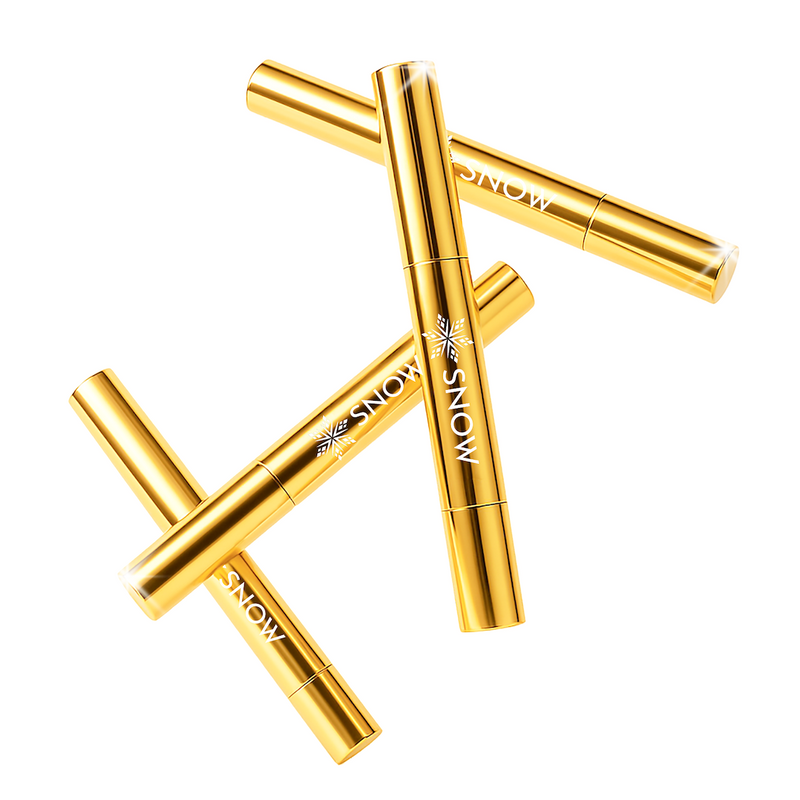

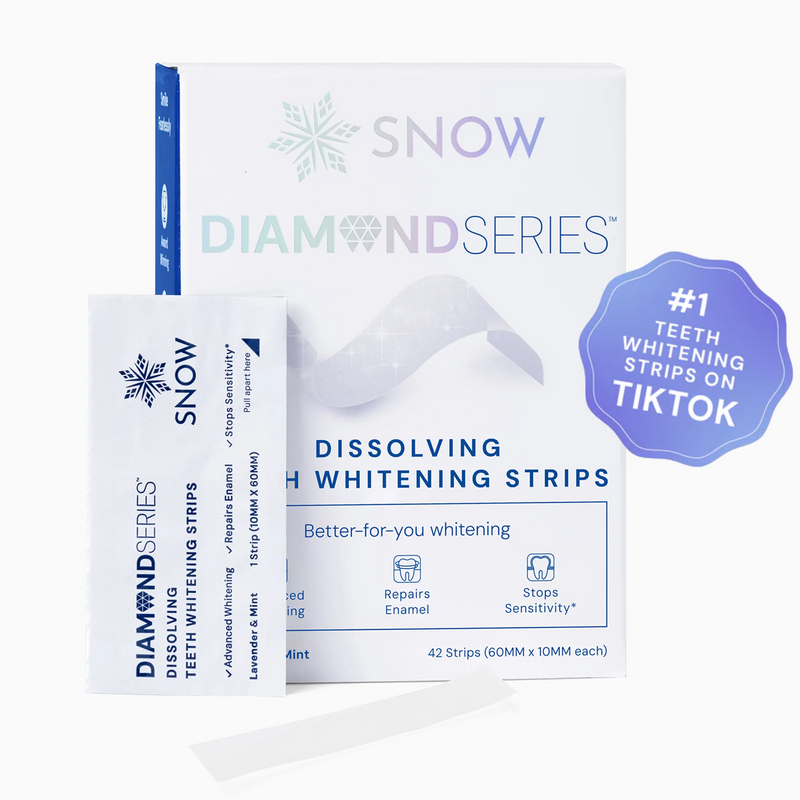
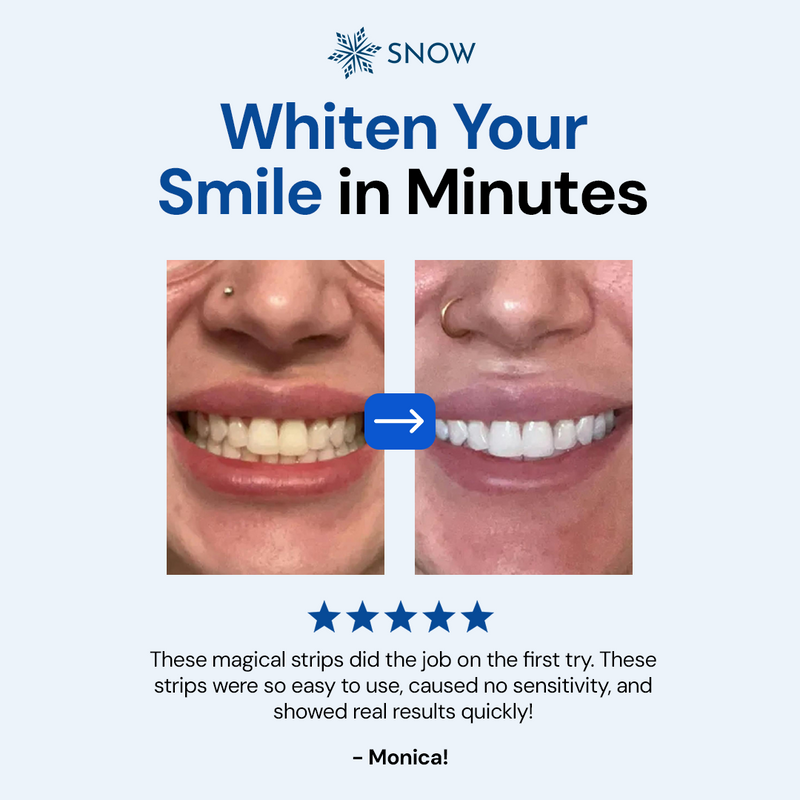
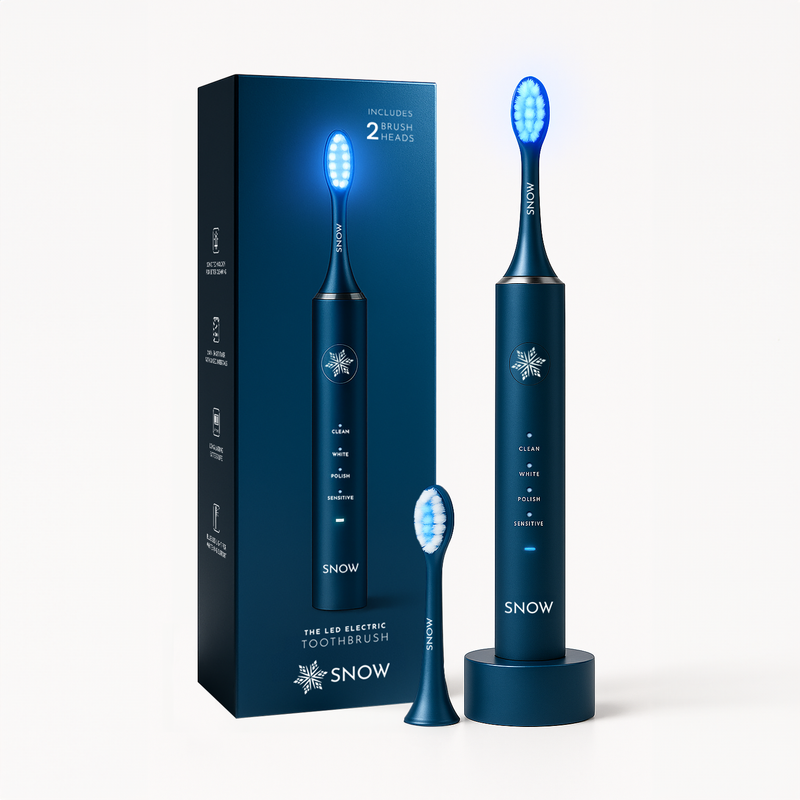

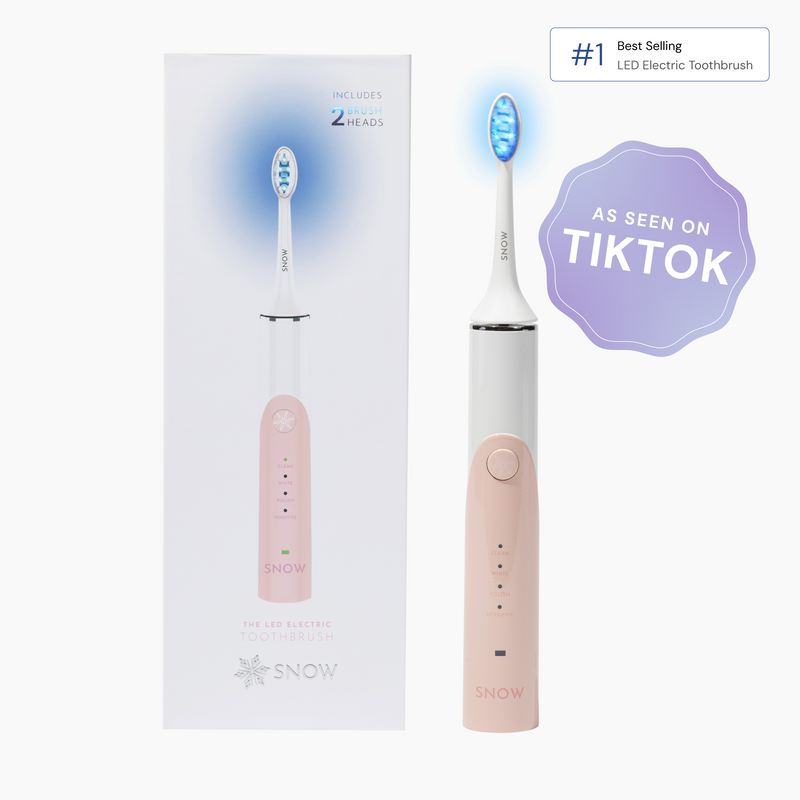




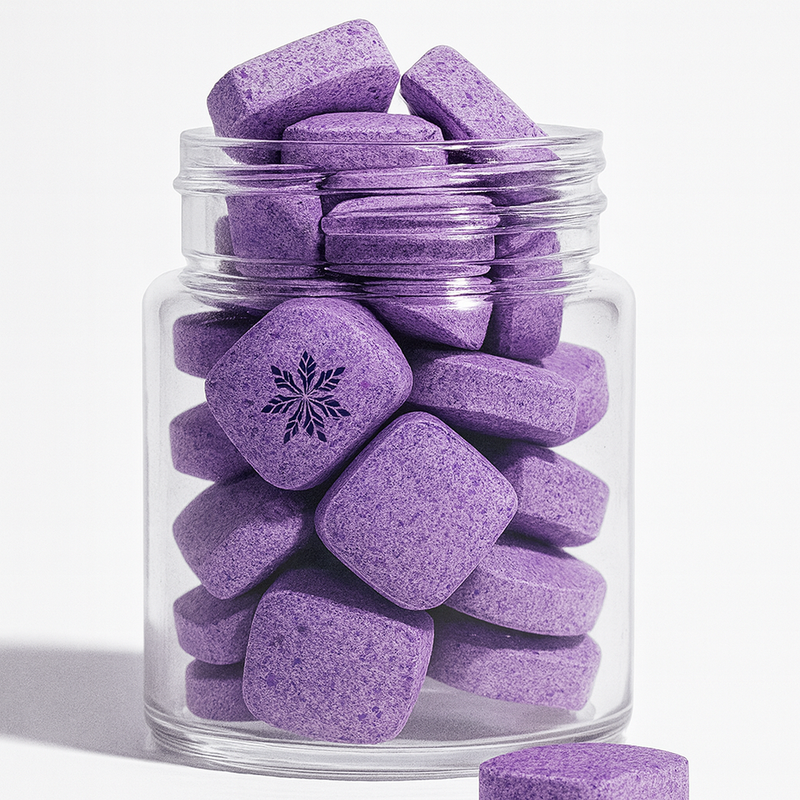
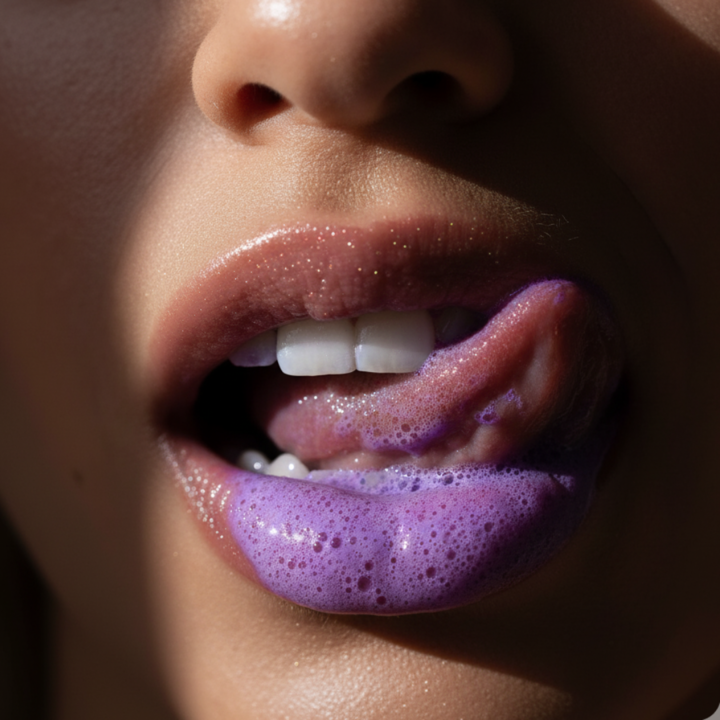






![Is It Safe to Use Whitening Toothpaste Everyday? [The Real Answer]](http://snow-teeth-whitening.myshopify.com/cdn/shop/articles/is_it_safe_to_use_whitening_toothpaste_everyday.png?v=1759931228)


